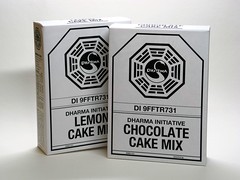In Buddhism: What is The Dharma of Repentance of the Great Compassion with a Thousand Hands and a Thousand Eyes?
I was just wondering the purpose and meaning behind it, maybe the history.
Best Answer:
Answer by P'ang
I believe (but I'm not certain) that you are referring to a text that is also known as the "Thousand Eyes and Hands Sutra" which is chanted in Zen monasteries in China, Korea and the West. Here's a link to an English version of this sutra: http://www.baltimorezen.com/thousand-hand-sutra.html And here's a link to an MP3 of the sutra being chanted: http://www.kwanumzen.org/2011/thousand-eyes-and-hands-sutra/ This sutra serves to develop compassionate energy in those who chant it. It invokes the Bodhisattva of Compassion (Avalokitesvara, known as "Gwanyin" in Chinese, "Kwanum" in Korean, or "Kannon" in Japanese), asking her to become manifest in the person who performs the chant. If you read the chant, you will see that it consists of various mantras (including the Great Dharani), vows, and statements of repentance. While these may seem repetitive, it is exactly their repetitive nature which gives the sutra its power to transform. Most of the contents of the sutra are ancient, with the Great Dharani section perhaps being the oldest. The first records of this section date to around 500 C.E.; these are Chinese translations of an earlier Sanskrit version. The origins of the other mantras and vows in the sutra are less well-known, although the repentance vows are themselves ancient (these are used in the Mahayana precepts ceremony). Hope this helps!
Share what you know as by leaving a comment here.Thanks

Comments
Post a Comment